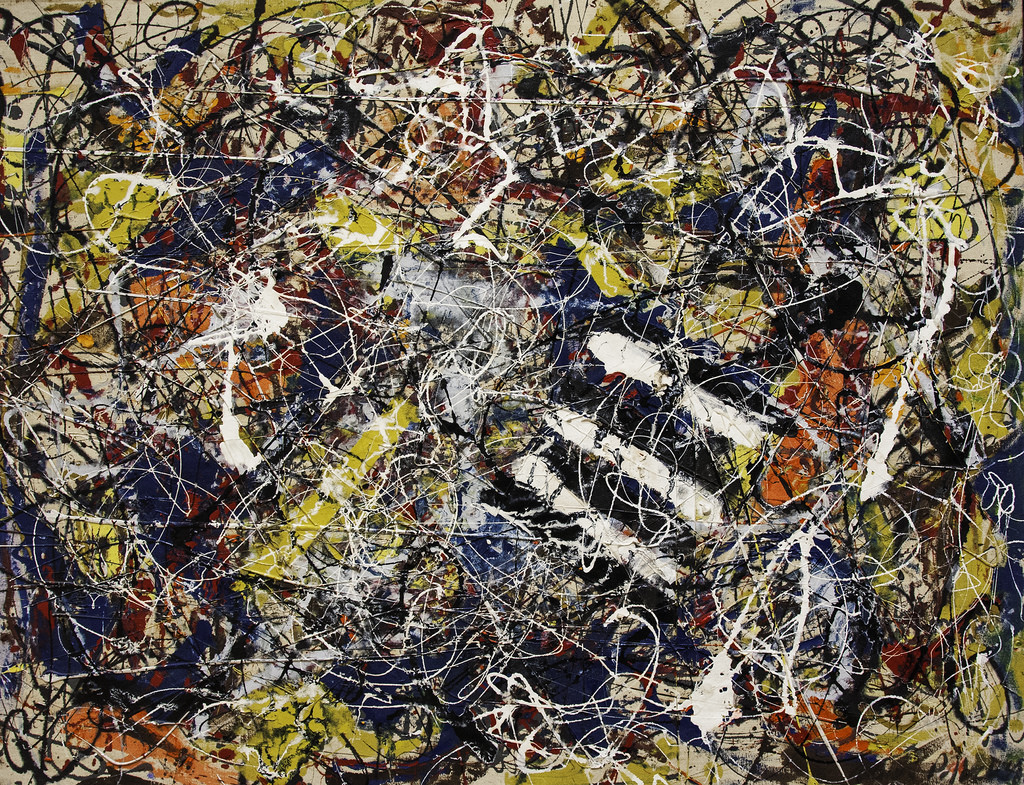
[dropcap]B[/dropcap]uying art has never been a cheap deal and is mostly considered to be a pastime for the superrich, the world’s top 1%.
The record for the highest price ever paid for a painting was shattered by $150m earlier this month when Leonardo Da Vinci’s Salvator Mundi sold for a staggering $450.3m at Christie’s Auction House in New York.
Art, specifically paintings, have always been incredibly expensive, almost to the point of farce. But why?
Humans have always had a tendency towards collecting things- homosapiens collected bones of large deer they killed, or teeth from their enemies. Buying art is just another manifestation of the natural human desire to collect items that in some way, are impressive to us and provide us with a sense of accomplishment.
Spending unfathomable amounts of money for art is not a new concept. In the Middle Ages and during the Renaissance, art was commissioned by patrons, who had a major say in what materials were used, the subject matter and limited artistic freedom.
This gave us the Mona Lisa, which is thought to be the wife of a merchant who wanted a portrait of his wife. Buying art became popular in the early 17th century, when artistic expression became more valuable and artists were given the total freedom to express themselves in their art- not obey the wishes of someone else.
Following many different movements which revolutionised and changed the definition of art, like fauvism, pointillism, expressionism, cubism, impressionism and surrealism, art now comes in many different forms and remains pricey in every single format.
Traditionally, the Old Master’s used oil on canvas, which still remains very popular today- however in the 90s, Andy Warhol used the process of screen-printing to unleash the pop art movement, while Jeff Koons- who is still alive today- uses a wide range of sculpture.
Collecting art is not just a Western phenomenon- Japanese prints remain incredibly popular and pricey worldwide. However, the artists which make the list for the most expensive paintings in the world are dominantly European and American. Names like Pablo Picasso, Vincent Van Gogh, Paul Cezanne, Andy Warhol and Da Vinci pop up frequently.
“Artists such as Da Vinci are obviously the big players and any piece by an incredibly famous artist who died 500 years ago is not just an artwork but a historical object and an asset,” explained Deirdre Morrisey, curator at MART gallery here in Dublin. “The more famous the artist the more expensive the artwork.”
But it’s not just very famous art that is incredibly expensive. Morrisey noted that art by emerging or early career artists is “more affordable”, which makes sense. Even these can range from hundreds to thousands. For some, selling their art is how they make their money, their bread and butter. Perhaps that justifies why it may seem costly.
Morrisey explains that artists cost their work upon a series of factors- costs, time and value. “Most artists are self-employed and need to consider the overhead costs used when creating the art piece such as studio rent, heat, light, materials.”
Then they consider how many hours were spent creating the piece- how much they decide to charge an hour, just like any self-employed person.
Lastly, the artist considers “the value of the work – is it a once off or is it one of a set of editions or multiples, gallery commission – the artist must factor in that the gallery may take 40% or 50% of the sale so they may want to factor that into the sale price so that they are not making a loss,” Morrisey adds.
“Think about it this way – if a painting is sold for €500 and it took the artist eight days to make it then the artist is paying themselves about the minimum wage,” she says.
Just like any other self-employed person, an artist needs to pay bills and live. What about the artists that are no longer around- for example Da Vinci or Van Gogh? Who has the authority to charge millions for their works?
“Salvator Mundi may be viewed as a devotional object, but art is also a commodity and has rarity value. There are very few authenticated works by the most important artists of the Renaissance,” Dr Paul Caffrey, a lecturer at NCAD, explains.
“Most are in public collections and will never come up for sale. This was a very unusual opportunity to purchase a superb example of Leonardo’s work. He is the world’s greatest artist and it is no surprise that it fetched the highest price ever recorded,” he adds.
It’s interesting to question why this happened now. In a post-truth Trump world, perhaps even the superrich need exclusive art to calm their nerves. The economic divide between the extremely poor and the extremely rich is steadily growing, according to Investopedia. The wealthiest in the world now have more money than ever- which means more money to spend.
The Telegraph speculates that 2029 will be the year when an art piece will break the $1bn mark. It’s impossible to predict what artwork will reel in such an amount, as Salvator Mundi is an extremely damaged painting and critics argue how much work Da Vinci actually put into it.
One thing is for sure- the love of art is not going anywhere anytime soon.



